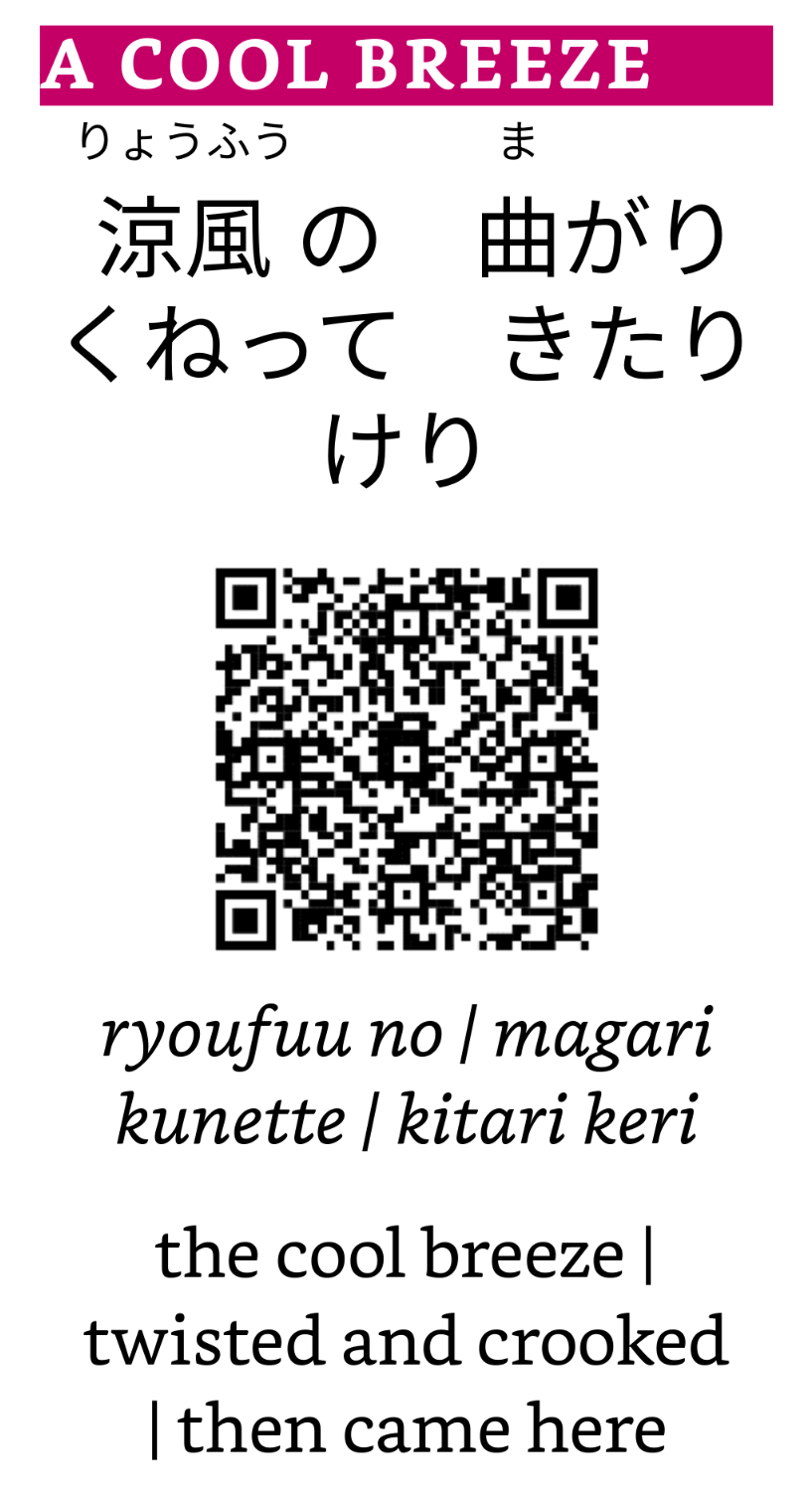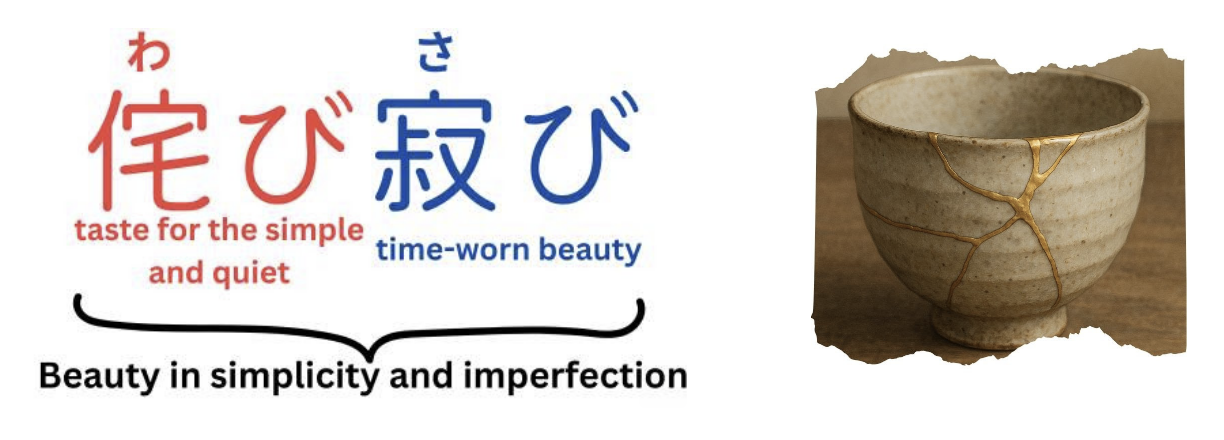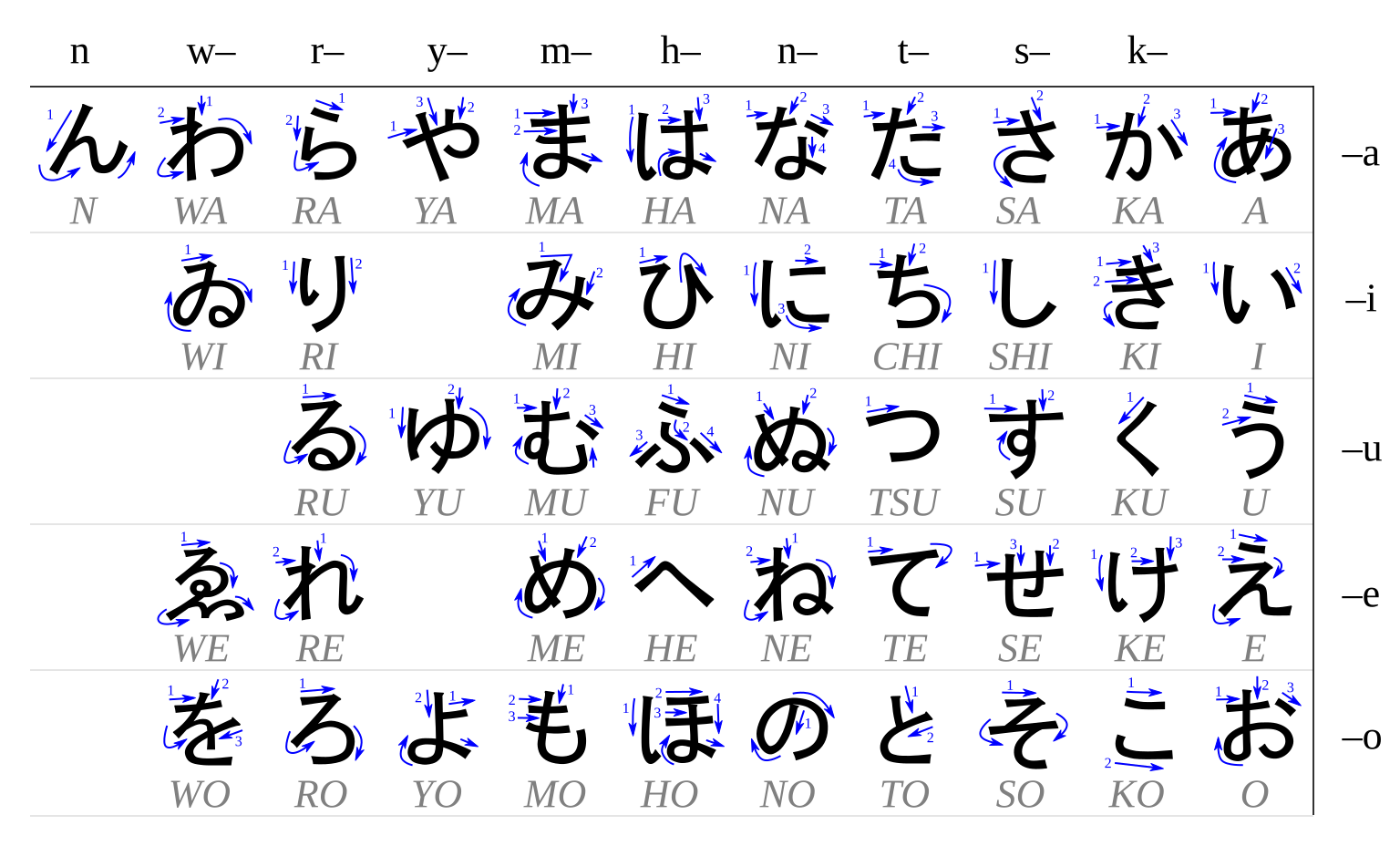There have now been so many amazing coincidences and serendipities and synchronicities on my haiku journey so far — and for today's blog post I am going to write about the latest one that happened just this morning! It involves... wabi-sabi.
And it starts with these four lovely books by Clay and Yumi Boutwell: Learn Japanese through Haiku; I got the Kindle versions of all four.

What drew me to the books was the way that for each of the poems by these Japanese haiku poets — Basho, Buson, Issa, and Shiki — they offer multiple English versions, ranging from very literal to less literal, along with detailed grammar notes, all of which are very interesting for me to read even though I don't know any Japanese. This is what one of the poems looks like on my phone; the book is very phone-friendly, although the grammar notes are easier to read on an actual Kindle device or on my laptop.

As you can see, the book includes the romanization, which is what I have been relying on to try to get a little sense of haiku in Japanese; I am really grateful for the various books I've found that include the romanization. And see that QR code? Well, that takes you directly to an audio recording, so you can listen to someone (I think it is Yumi Boutwell herself!) reading the haiku in a very clear voice.
So, after hearing the audio at the website, I was curious to see what other kinds of materials the Boutwells are creating to support Japanese language-learners, and I just have to say: wow! Their website, Makoto, is a treasure-trove of all kinds of language-learning materials, all very user-friendly and encouraging, but also practical and honest about the work involved.
One piece of advice that really struck me was to not rely on romanization and learn the hiragana thoroughly as a first step. And see how they write the hiragana above the kanji in that screenshot above? How cool is that?!!! Using hiragana to be able to read the kanji out loud. So, I decided that I will learn the hiragana, and I downloaded a free booklet from the website about learning hiragana. I also signed up for their newsletter.
And my first newsletter arrived this morning, entitled:
Cool Japanese Word: 侘び寂び(わびさび)
So, of course, since it didn't have the romanization I didn't know what the word was, but as soon as I started reading about the word, I knew.... that must be wabi-sabi!

This is a seriously amazing coincidence because, for me, there is no Japanese word more cool than wabi-sabi.
The newsletter then goes on to give an explanation of the two kanji, and then to provide sentences (beginning, intermediate, and advanced) that use the term wabi-sabi, along with more cultural context. It's like this message was meant for me:

Well, after reading this little newsletter, I was hooked. I signed up to join Makoto as a subscriber. I really don't expect to learn Japanese, but I have as my first goal to learn the hiragana, and then I will start learning kanji from the haiku poems in the Boutwells' books. I'm not really going to worry about grammar: just learning the hiragana and some kanji will be plenty of work for this old moss-covered brain ha ha. But good work... and something totally new and different for me, unlike anything I've ever done in my language studies before. I've studied many languages, but they were all alphabetic languages. Learning new alphabets is fun (let me count: okay, I have learned six different alphabets in my past studies)... although this is something far more intimidating. Here's a chart from Wikipedia showing the characters and strokes:

But at the same time, I love the idea that I will eventually be able to write out my favorite haiku in Japanese and also be able to recite them in Japanese, just to hear the sounds. Plus gaining new insight into the meanings of the poems by learning the kanji.
So, this haiku adventure keeps getting more adventurous. All of it completely unexpected. But GOOD-unexpected.
Plus Liz and I have been plotting some kids' haiku adventures too; more about that coming soon.
Meanwhile, I wonder what lovely coincidence will happen next...???